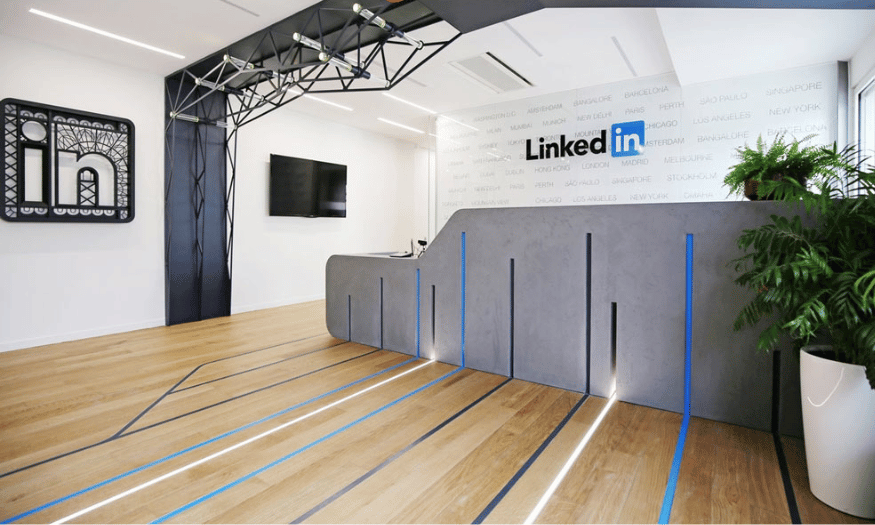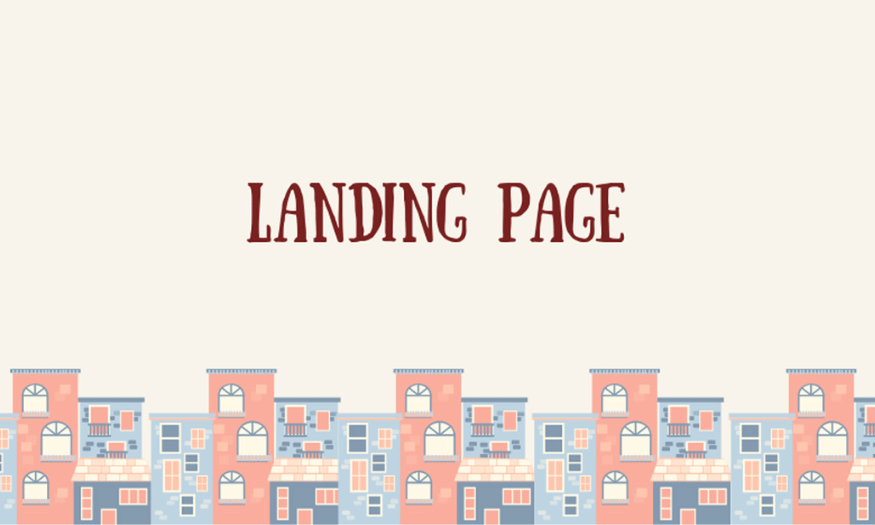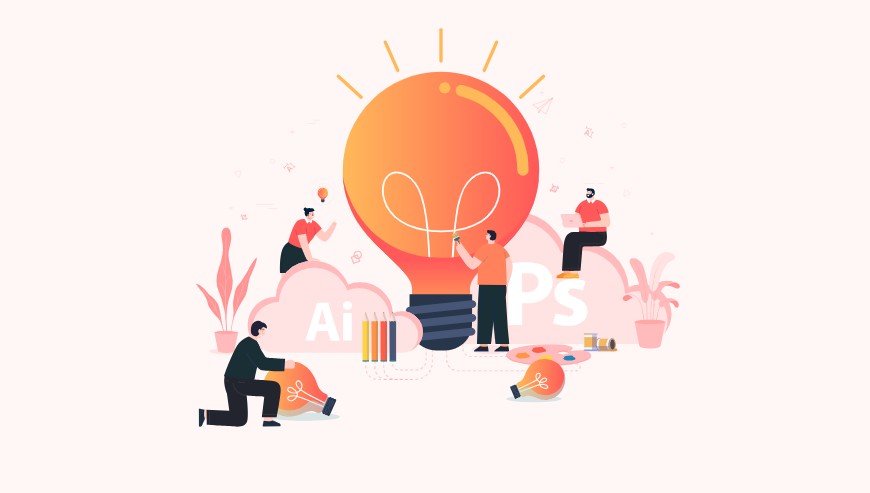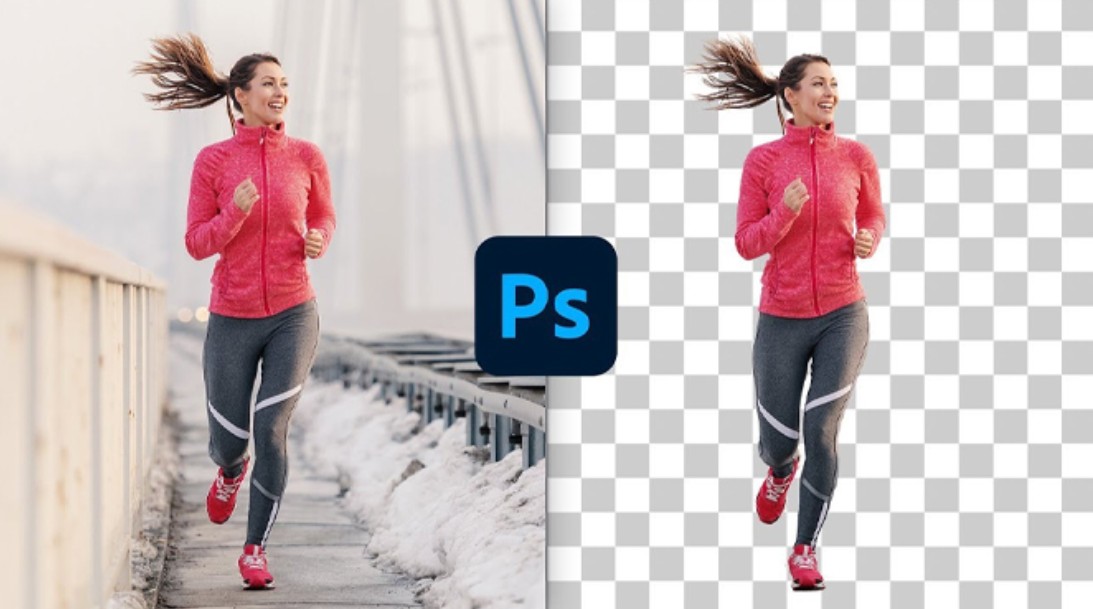Best Selling Products
The Secret to Website Conversions with Call-To-Action
Nội dung
- 1. What is CTA?
- 2. Why do we need CTA?
- 3. 8 forms of CTA content placement
- 3.1. Collect potential customers
- 3.2. Complete the registration form
- 3.3. Create a “Read More” CTA button
- 3.4. Discover new products or services
- 3.5. Sharing information on social networking platforms
- 3.6. “Nurturing” potential customers
- 3.7. CTA button used to close Sales
- 3.8. Promotional Program
- 9. Conclusion
Optimizing your website to increase conversions is vital for any business. One of the most powerful tools to achieve this is the Call-To-Action (CTA). CTAs are not just buttons or links, they are the bridge between your customers and the action you want them to take. In this article, Sadesign will explore with you the secrets to designing and implementing effective CTAs to maximize your website's conversion rate.
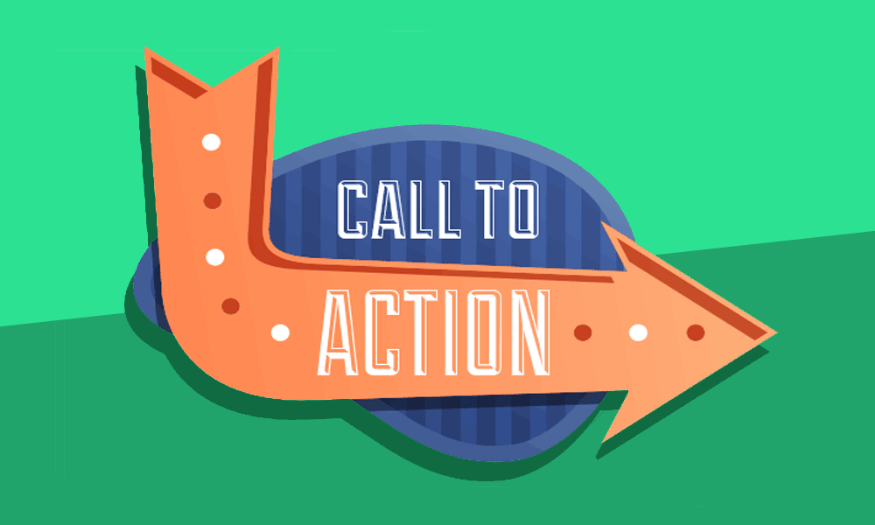
Optimizing your website to increase conversions is vital for any business. One of the most powerful tools to achieve this is the Call-To-Action (CTA). CTAs are not just buttons or links, they are the bridge between your customers and the action you want them to take. In this article, Sadesign will explore with you the secrets to designing and implementing effective CTAs to maximize your website's conversion rate.
1. What is CTA?
Call-To-Action (CTA) is a term in online marketing that refers to design or content elements that encourage users to take a specific action. This action can be signing up for a newsletter, downloading a document, or purchasing a product. CTAs often appear as buttons, links, or clear, compelling calls to action. For example, a "Sign Up Now" or "Buy Now" button is more than just text; it's a bridge for businesses to reach potential customers.
The importance of a CTA lies not only in its appearance but also in how it aligns with the ultimate goal of the business. A well-designed CTA helps guide customers through the buying journey, from awareness to purchase. This not only increases conversion rates but also creates a positive user experience, making them feel guided and supported in their interactions with the brand.
.png)
2. Why do we need CTA?
The presence of a Call-To-Action is crucial in driving action from users. A website without a clear CTA is like a road without a sign; users will easily get lost and leave the site without taking any action. A CTA helps provide direction, creating a clear path for users and encouraging them to move further, from information to making a transaction.
In addition, CTAs also play an important role in measuring the effectiveness of marketing campaigns. Click-through rates (CTR) on CTA buttons can provide valuable information about the attractiveness of content and how users interact with the website. Thanks to this data, businesses can adjust their strategies, improve content and optimize user experience, thereby increasing conversions and revenue.
3. 8 forms of CTA content placement
3.1. Collect potential customers
When it comes to converting visitors into customers, Call-To-Action (CTA) is a must. It is one of the most effective tools to turn people who are looking for information about your product or service into actual customers in the future. Collecting information from potential customers not only helps you expand your customer list but also lays the foundation for future marketing campaigns.
To attract new customers, you can design a CTA in the form of a banner promoting your product or service. The placement of the CTA is important; you can place it anywhere on your website, such as at the end of the article, in the main content, or even in a banner that slides up as the reader scrolls. This keeps the CTA in the user’s line of sight, thereby increasing the likelihood that they will take the action you want them to take.
A useful tip is to use compelling language that encourages users to take immediate action. For example, you can use sentences like “Get a special offer now” or “Discover our latest products”. These messages not only create curiosity but also encourage users to learn more about what you have to offer.
.png)
3.2. Complete the registration form
Once a customer has visited your landing page, you need to set up two important actions: encourage them to fill out the registration form and click the submit button. This is a crucial moment where you don’t want to miss any opportunity to reach out to potential customers.
Asking users to fill in their email to receive more information about your article or product is a smart strategy. A simple sign-up form with a few fields will help you collect valuable data from your customers. However, to encourage users to fill in their information, you can offer attractive rewards.
For example, imagine you are offering “50 beautiful PowerPoint templates” or “10 free Excel inventory management templates”. These rewards not only motivate users but also make them feel valued for providing their personal information. This can lead to a significant increase in conversion rates, as users feel they are getting something useful from you.
Remember, your signup form should be simple and easy to fill out. If the form is too complicated or requires too much information, users may get frustrated and abandon it. A short form with only the necessary fields will help you keep users engaged longer.
3.3. Create a “Read More” CTA button
One of the most effective ways to keep users on your website is to create “Read More” CTA buttons. This not only encourages users to explore more content, but also helps increase page views to other pages on your website. When users click on the “Read More” button, they are taken to a detailed article, giving you the opportunity to introduce more about your product or service.
To make your “Read More” CTA button more appealing, you should give a hint of what the article will contain. For example, you could write: “Discover effective design tips in this article” or “Learn more about optimizing your marketing strategy”. These hints will stimulate curiosity and encourage users to click the button.
Additionally, you can also use visual elements like images or icons to highlight your CTA button. A large, colorful, and prominently placed button will attract more user attention. Combined with a clear and compelling message, you can easily lead readers to the valuable content you want to share.
.png)
3.4. Discover new products or services
When a user lands on your website looking to learn about a new product or service, it’s essential to create Call-To-Action (CTA) buttons that guide them to more details. A clear and compelling CTA can take users directly to product pages where they can learn more about the product’s features, pricing, and benefits.
Setting up a “Discover Products” CTA is more than just a way to provide information; it also helps improve the user experience on your website. When consumers can easily find what they’re looking for, they’re more satisfied and tend to stay on the site longer. This is important because a positive experience can increase the likelihood that they’ll make a purchase.
Especially in a competitive environment, improving user experience becomes a key factor. If users feel convenient and easy to find information, they are more likely to make a transaction. You can use tools such as high-quality product images, instructional videos, or customer reviews to highlight the value of the product, thereby stimulating users to take action.
Remember, a “Discover Products” CTA should be placed in a prominent location, either in related posts or right on the homepage. This reminder not only creates a clear path for users, but also shows your professionalism and dedication to customer service.
3.5. Sharing information on social networking platforms
One of the simplest and most effective ways to expand the reach of your website content is to encourage users to share your posts on social media platforms like Facebook, Instagram, or Twitter. This not only increases your brand’s visibility, but also creates new opportunities to reach potential customers.
To encourage users to share your content, you can add easily accessible sharing buttons at the end of each post. However, it’s important to note that you shouldn’t overdo it with call-to-share buttons. Your customers don’t want to share every piece of information or post; they only want to share what they find valuable.
A “friendly reminder” might be a better approach. You could use phrases like “If you found this article helpful, please share it with your friends” or “Help us spread the word by sharing it on social media.” These calls to action are not only gentle, but also respectful of the user, making them feel more comfortable sharing content they love.
3.6. “Nurturing” potential customers
Finding potential customers is hard, but nurturing them to stay with you is even harder. To do this, you need to build a long-term strategy to create a strong bond with your customers. Asking customers to provide information in exchange for a “gift” may be easy, but asking them to pay for your product or service is not so simple.
One of the most effective ways to nurture leads is to provide ongoing value. You can send useful information via email, such as articles, how-to videos, or product tips. When customers feel they are getting value from you, they are more likely to come back and learn more about your product or service.
It is also important to engage with your customers regularly through social media channels. Make sure you are always available to listen to their opinions and feedback. This will not only help you better understand your customers’ needs but also create a closer relationship.
.png)
3.7. CTA button used to close Sales
Once the onboarding process is complete and you have built a relationship with your prospect, it is time to convert them into a customer. Your sales call-to-action (CTA) plays a key role in this conversion. Placing your CTA in the right place can make a big difference in your conversion rate.
A popular option is to place the CTA button at the end of a blog post or related article. However, if you feel this placement is not prominent enough, consider placing it directly on the product page. This placement makes it easier for users to access information and make a purchase decision.
The copy of your CTA button should be clear and compelling. For example, you can use phrases like “Contact us now for a free consultation” or “Order now for a special offer.” This will help customers feel encouraged to take action right away.
Customers often have concerns when deciding to buy, from price, product quality to after-sales service. Let them know that your sales team is always ready to support and answer any questions. This not only creates trust but also helps customers feel more comfortable when making a purchase decision.
Additionally, creating strong calls to action can also stimulate a sense of urgency. You can use phrases like “Last 5 left” or “Today only offer.” These elements will motivate customers to act immediately, not to miss out on the opportunity.
3.8. Promotional Program
One of the most effective ways to attract customers is to announce promotions. Customers love to participate in sales or promotions, but what if no one knows about the existence of those programs? The answer is definitely not positive, and you do not want to be in that situation.
Instead of waiting for customers to come to you for your carefully prepared promotions, be proactive in letting them know. Create a large banner with a compelling message that lets people know you’re hosting a big promotion. This banner can be placed prominently on your home page, login page, or even in related blog posts.
The banner copy should be short but memorable, for example: “50% off everything this week!” or “Buy 1 Get 1 Free this holiday!” Such messages will grab attention and encourage customers to learn more.
Also, make sure that the CTA button that accompanies your promotion banner is clear and easy to use. Phrases like “Discover Now” or “See Program Details” will help direct customers to the specific information page about the promotion. This not only gives them the opportunity to learn more, but also helps you optimize your conversion rate.
One thing to keep in mind is that promotions need to be frequent and flexible. If possible, experiment with different formats and messages to see what works best. This will not only help you learn about your customers’ preferences, but will also help you adjust your marketing strategy accordingly.
.png)
9. Conclusion
In conclusion, using Call-To-Actions intelligently and creatively can make a huge difference in your online marketing strategy. Remember, each CTA needs to be clear, compelling, and contextual to grab the attention of users. By applying the tips we have mentioned, you can not only increase your conversion rate but also build a lasting relationship with your customers. Start optimizing your website CTAs today and see a positive change in your business results!









































